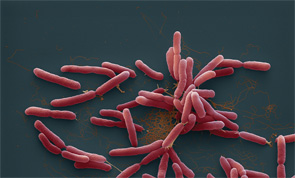GS2 – Social Sector – Health

Recent environmental mapping in Odisha has detected a significant presence of melioidosis, particularly during the monsoon season.
About Melioidosis
- Also Known As: Whitmore’s disease
- Endemic Regions: Southeast Asia and Northern Australia
- India’s Burden: Accounts for 44% of global melioidosis cases
Causative Agent & Transmission
- Pathogen: Burkholderia pseudomallei, commonly found in soil and water
- Mode of Spread:
- Direct contact with contaminated soil or water
- Entry through skin abrasions, inhalation, or ingestion
- Severity: Fatality rate can reach 50% in septicemic cases
Treatment
- Initial Phase: Intravenous antibiotics
- Eradication Phase: Prolonged oral therapy for 12-20 weeks
Key Findings from Environmental Mapping
- Seasonality: Cases peak during and after the monsoon season
- Environmental Influences: Temperature, rainfall, cloud cover, and solar radiation impact disease occurrence
- Climate Change Impact: Changes in rainfall patterns and extreme weather events may expand the disease’s geographical spread
- Urbanization & Sanitation: Rapid urban growth and inadequate sanitation may elevate exposure risks
Way Forward
- Preventive Strategies:
- Protective gear (footwear, gloves) for individuals exposed to soil and water, especially in agriculture
- Early Diagnosis & Treatment:
- Melioidosis symptoms are often non-specific, requiring prompt detection to prevent severe complications
- Awareness & Training:
- Public health initiatives and medical training programs to improve disease recognition and management




